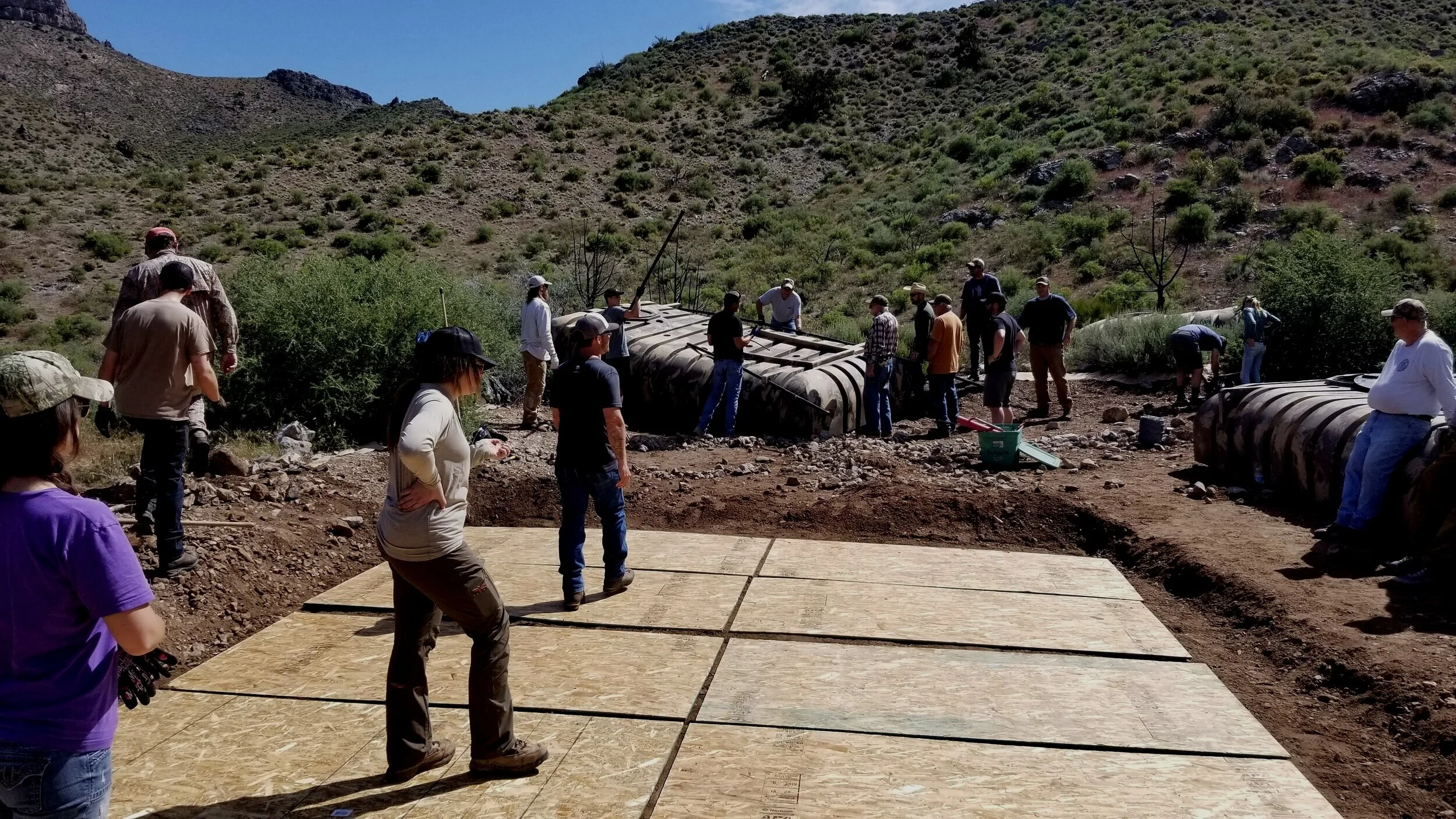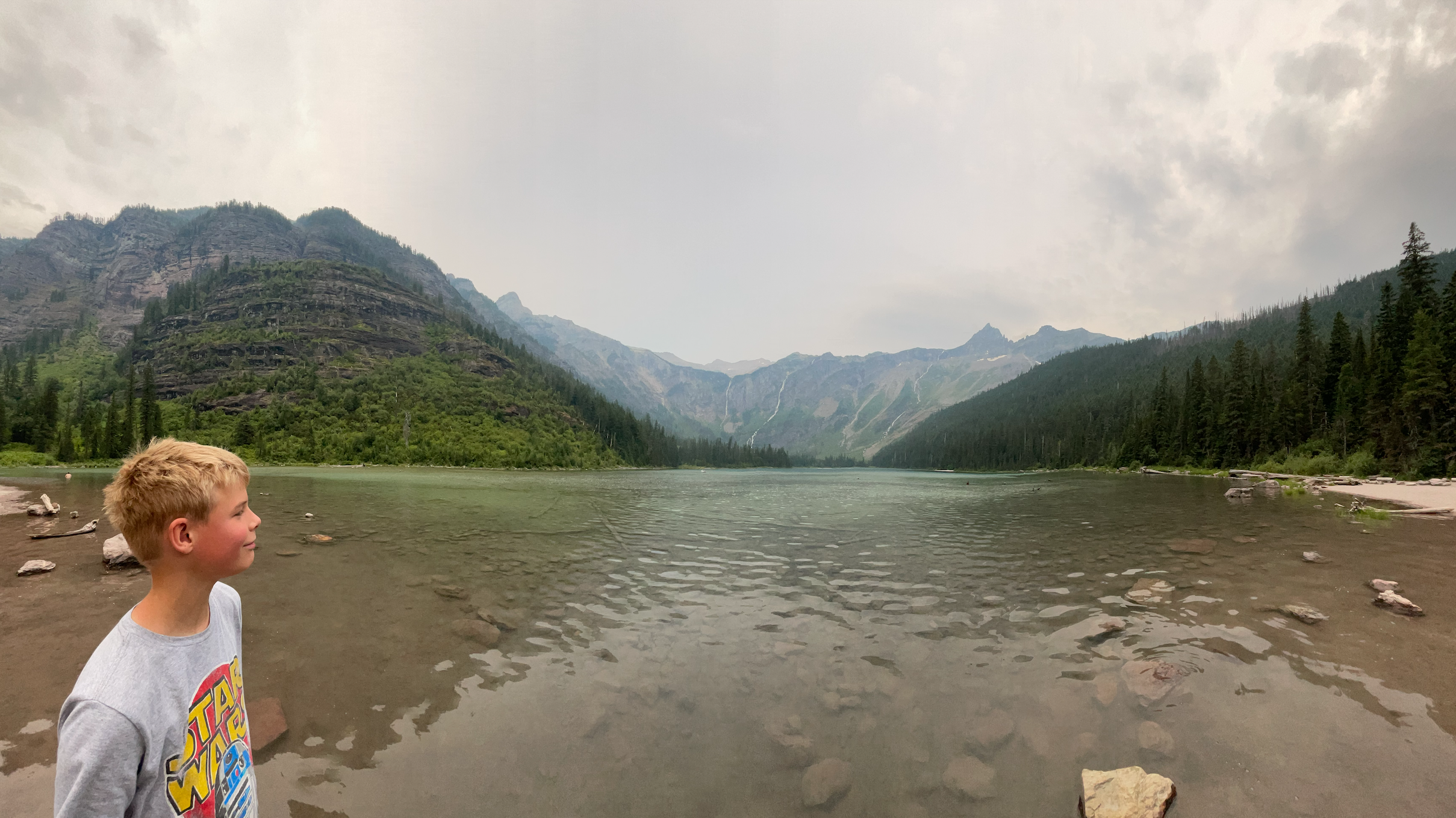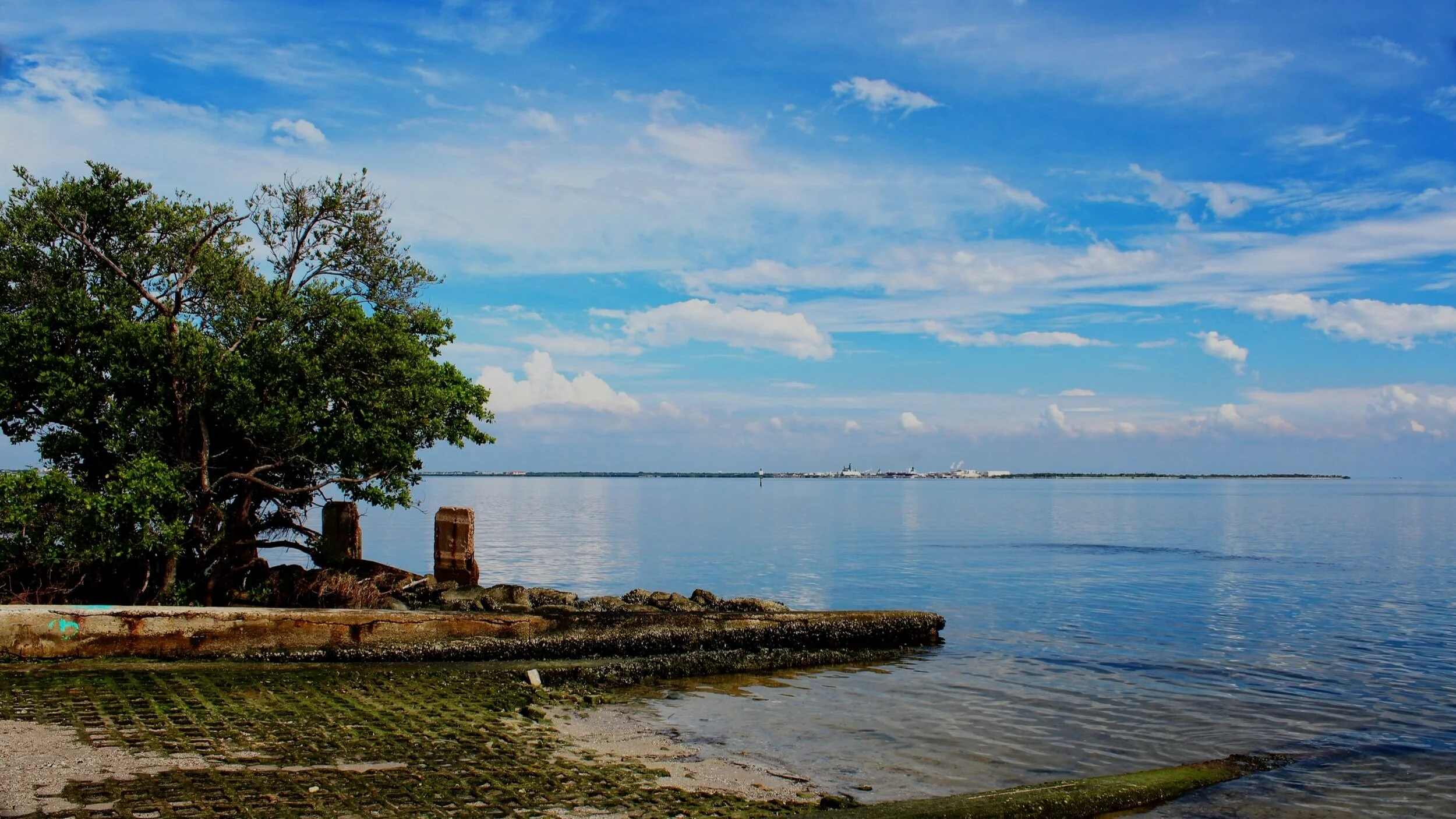FAQ: What counts towards 2% Certification?
One of the most frequent questions we receive about 2% Certification is “What do you count as ‘supporting conservation’?”
Seeing as we are an organization that certifies folks and businesses for giving back specifically and exclusively to conservation, defining what “conservation” is was an unavoidable (if not titanic) task. To be sure, the vetting of the work done by conservation groups (and those that claim to be) is usually very complicated. Complicated, because well, the world is a big. You might think that your favorite organizations are known the world over, but a committed conservationist outside of your immediate region likely has never of them AND has a favorite conservation group you’ve never heard of.
Our members come from all over the world and all walks of life. So, as with all things we do, we’ve made understanding what we count as “supporting conservation” very simple.
Here are the four areas we count as “giving back to conservation”:
Note: This blog post is releasing a few weeks before our Community Partner Program launches, on September 1st 2021. From that day forward, finding a conservation cause that works in these four areas will be as simple as scrolling a list or clicking on the pin nearest you. We’ll link the program page on that day!
1. Boots-on-the-ground
This is the obvious stuff. The sexy stuff. The ‘working with your hands’ stuff.
To list everything our members do that is considered “boots-on-the-ground” would take the better part of a day, so here’s a generic short-list:
Habitat improvement (both public and private)
Wildlife monitoring / collaring / banding /counting
Water resource monitoring / improvement / installation
Wildlife research and fieldwork
Wildlife relocation and rehabilitation
If you support an organization that does any of those things with your time or dollars, it’s a slam-dunk for getting your 2% Certification! They’re the ones actually doing the work that is supported by the next three categories, but the sad reality is that they don’t receive a proportionate piece of the support pie. Often, they’re small regional groups that are so busy doing the work that they don’t take the time or put resources towards marketing to gain supporters.
Supporting local conservation is the most efficient use of your time and dollars, and though it might not be the flashiest for your marketing, your customers will see the authenticity of your efforts!
2. Conservation Education
For all the talk around “for future generations”, we actually see very few people or businesses putting time and dollars directly into programs that educate people on conservation work and principles. But those that do have found a secret: It’s some of the most rewarding work you can support in your life. When you see someone, either a child in age or at heart, light up from discovering something new about the natural world… the feeling is beyond addicting. You’ll chase the feeling until the next time you can help someone new connect with nature.
Why do we count conservation education, or general outdoor education for that matter?
It’s simple: If people don’t know about nature, at even a fundamental level, why would they ever support conservation with their time and dollars?
Here are some examples of where 2% Members support conservation education:
Outdoor education centers for students and lay-persons
Wildlife learning centers and museums
Hunter / Angler education programs through government agencies
These typically require several hours of direct citizen science conservation education.
Online wildlife education programs, such as wildlife identification classes for hunters.
Community classes on local habitat issues and wildlife needs
R3 initiatives, as they pertain to conservation education - not just getting/keeping more hunters
Classes on “Leave No Trace” principles and backcountry ethics (like at national parks)
Offering business location space for conservation groups to hold training sessions for volunteers
Getting involved with education programs can be a little tricky, especially if you do not know where to look. We recommend calling your local wildlife agency to ask about their education programs and how you can get involved. BE FLEXIBLE! Their schedules are typically based around local school schedules, so expect weird nights of the week or weekends.
Outdoor education centers are often looking for experts to volunteer their time, but are also woefully underfunded. Most centers/camps that are visited by kids have abysmal staff housing. When our Executive Director taught outdoor education, his “staff housing” included: a pup tent, a drafty 1950’s trailer (that raccoons regularly broke into), a 100 year old farmhouse with a cockroach infestation and asbestos molding, a 2-bedroom apartment shared with 8 other instructors (and no bathroom), and an old leaky boat on blocks. He says he wouldn’t trade those days for any others, but would’ve liked some housing that could pass a modern health inspection.
3. Conservation Advocacy
Similar to supporting conservation education - how can large-scale work be done for wildlife if the public doesn’t know or properly understand the need?
Here’s the truth: The bulk of boots-on-the-ground conservation work is necessary because the actions of someone, or some community, negatively impacted an ecosystem.
Advocacy and education are the beginning of remedying that fact.
Conservation advocacy groups play an incredibly important role in getting work done for wildlife and ecosystems. A great deal of advocacy work is done by groups that specialize in it (and lobbying government leaders), but most conservation groups engage in the practice.
Some examples of conservation advocacy 2% Members practice:
Speaking up for ecosystems at public meetings
Supporting groups that lobby lawmakers to make science-based conservation legislation
Attending and putting on conservation-focused rallies for wildlife and ecosystems
Donating ad space on their website for conservation groups to advocate for their conservation programs
Setting aside space on their websites and in their social media schedules to promote important conservation work or their stances on ecosystem threats
Giving time and dollars to conservation-focused media
Offering their space (physical or online) for conservation groups to platform their causes
We should caution that it’s easy to get into an “advocacy cycle”, where your brand is just constantly pointing out issues but not offering solutions. We caution all our members to keep a healthy mix of boots-on-the-ground and education work in the schedule, or you’ll fatigue your customers and possibly your employees as well. If it’s your personal life, the same applies.
Like coffee, advocacy can be invigorating and addicting… but too much will get you sick. Have it in the mix, but avoid having it be your main connection with conservation.
4. Access to nature
This last one can confuse folks. We’ve even had lifelong conservationists ask, “Why do you count access? What does more people in nature do for wildlife except push them around?”
Great question!
Yes, there are places that are far too filled with people. Places where people heading outdoors is actually hurting the wildlife populations and ecosystems. To address those challenges, we’ll refer you back to the need for education and advocacy for wildlife.
However, there is another great challenge negatively impacting wildlife: Most people aren’t connected to nature anymore.
In 2016, the United Nations estimated that 55% of people on the planet live in urban areas. We humans quickly forget that which we are disconnected from. Need proof? Name all your classmates from your middle school classes. You can’t.
So, when someone’s deciding what product to buy, who to vote for, what side to take on a wildlife ballot initiative, or whether their town should invest in clean water and open spaces (instead of, say, a new sports stadium that sits empty for 1/2 the year)… we see some troubling trends. Regions with ample access to nature tend to invest, as a community, in their local ecosystem. Regions with limited access, especially pay-to-play access, typically don’t even acknowledge the local ecosystem in their collective behaviors or policies… if not being downright hostile towards it.
Creating access isn’t “conservation” on its own, but it’s a foundational piece to make conservation work possible.
Here are some examples of how 2% Members support access:
Financially supporting groups that either purchase or maintain habitat to be responsibly accessed by the public
Providing funds to acquire land / water to be put into the public trust
Providing access to private lands / waterways
Supporting local park programs that both improve habitat within the community park while also providing responsible access for the public
Supporting organizations that advocate for public access to ecosystems
Allowing their land to be accessed by the public for free, either through an internal program or through a state-ran program like Montana’s “Block Management” program
Access area improvement programs, like sponsoring trash receptacles and signage at trailheads and water access points
We’d like to remind folks that access on its own isn’t a good thing. It needs to be paired with science-based regulations and conservation education and advocacy. Otherwise, people start calling for “balanced use” (IE: no matter what, we all get to do some of what we want), as they see it through their own world view… instead of what wildlife and ecosystem professionals recommend from observations and research. That is when access turns into a tool for degradation, instead of conservation. It’s called “The Trajedy of the Commons", and it’s the undoing of many a pristine habitat area. Support access, but do so with an open mind as to how your favorite activities might not be a benefit in the long term.
To recap, the four conservation silos we count towards 2% Certification are:
Boots-On-The-Ground Conservation
Conservation Education
Conservation Advocacy
Access to Nature
Do you have any questions about these? See anything we’re missing?
Send us a message! Our members presently support nearly 2000 individual conservation causes and programs every year. We love talking about their work!




